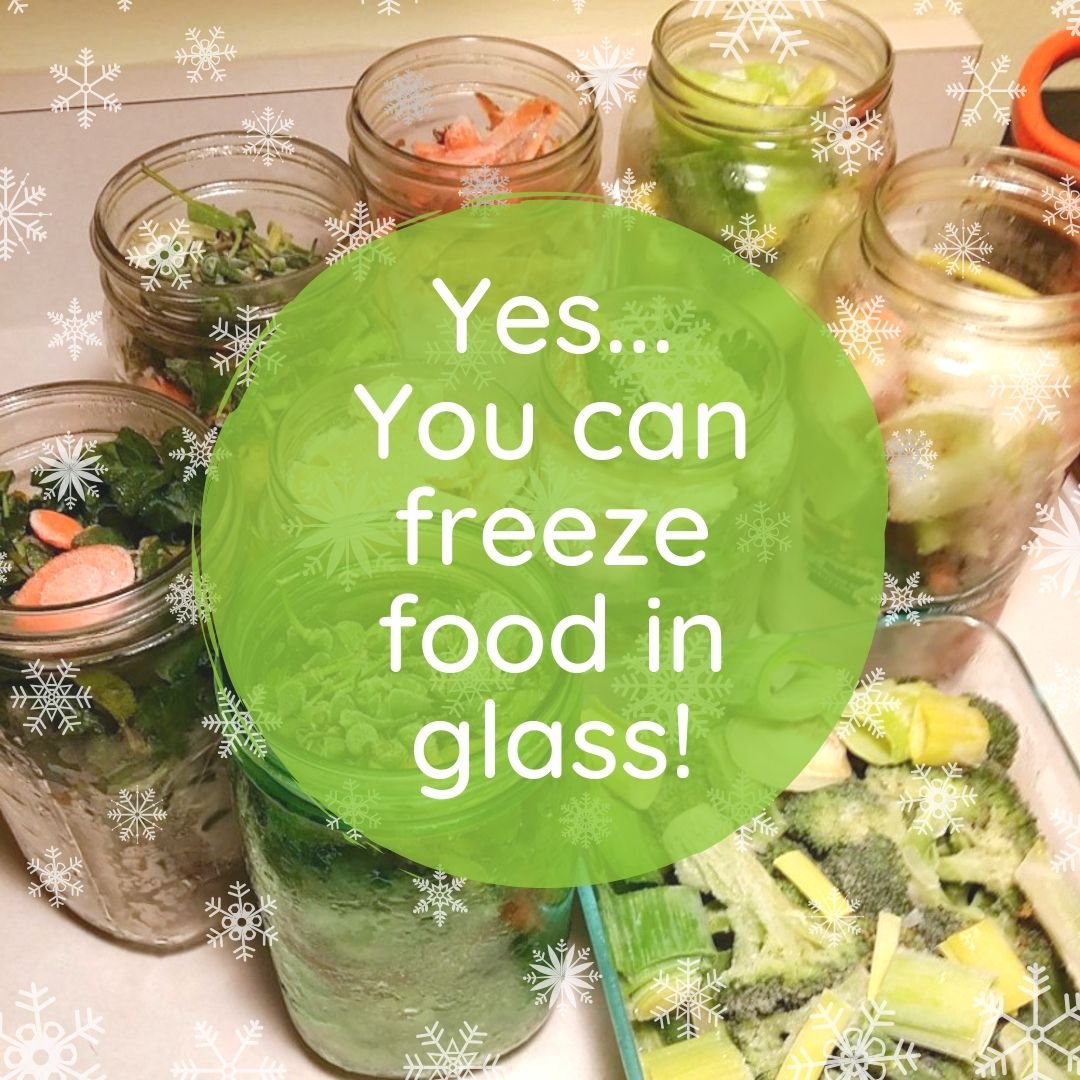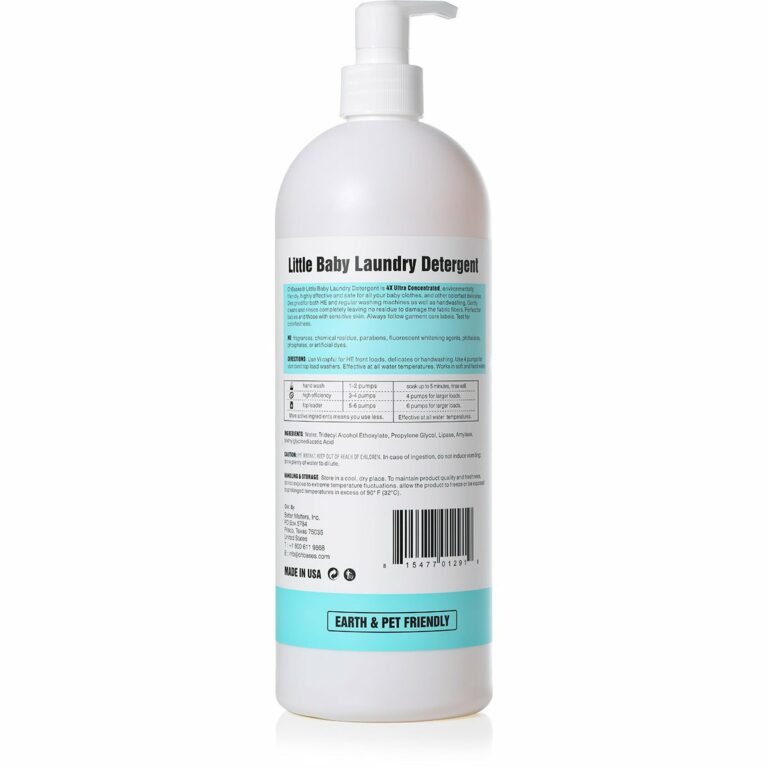Plastic-Free Freezing: How To Freeze Food Without Plastic
Today we discuss How To Freeze Food Without Plastic. You’ve come to the right place! Plastic-free food storage has gained popularity in recent years due to environmental concerns and the potential health risks associated with plastic containers.
Fortunately, there are simple and effective ways to preserve your food without relying on plastic. In this article, we will explore various alternatives and techniques for freezing food without plastic, allowing you to make sustainable choices while ensuring the longevity and freshness of your favorite meals. Let’s dive in!
How to Freeze Food Without Plastic:
Freezing food is a convenient and effective way to preserve its freshness and extend its shelf life. However, many of us are becoming increasingly concerned about the environmental impact of single-use plastic in our daily lives. Luckily, there are plenty of alternatives to plastic when it comes to freezing food. In this article, we will explore various methods and techniques to freeze food without relying on plastic containers or bags. By making a few simple changes in our freezing habits, we can reduce our plastic consumption and contribute to a greener future.
1. Use Glass Containers
One of the easiest and most eco-friendly ways to freeze food without plastic is by using glass containers. Glass is a non-toxic and reusable material that can safely withstand freezing temperatures. Here’s how you can freeze food in glass containers:
- Choose freezer-safe glass containers with tight-fitting lids.
- Leave some headspace in the container to allow for expansion during freezing.
- Label each container with the name and date of the food.
- When transferring hot food to a glass container, allow it to cool first to avoid thermal shock.
2. Invest in Silicone Storage Bags
Another excellent alternative to plastic bags is silicone storage bags. Silicone is a durable and non-toxic material that can withstand extreme temperatures, making it ideal for freezing food. Here’s how you can use silicone storage bags to freeze your food:
- Choose high-quality silicone storage bags that are specifically designed for freezing.
- Ensure that the bags are sealed properly to prevent freezer burn.
- Place the bags in a flat position to save space in the freezer.
- Label each bag with the contents and date of freezing.
3. Wrap in Beeswax Wraps
Beeswax wraps are a natural and sustainable alternative to plastic wrap when it comes to freezing food. Made from beeswax, organic cotton, and jojoba oil, beeswax wraps are reusable and biodegradable. Here’s how you can use beeswax wraps to freeze food:
- Cut the beeswax wrap into the desired size to wrap the food.
- Place the food in the center of the wrap.
- Fold the sides of the wrap over the food and press down to create a seal.
- Label the wrap with the contents and date.
4. Employ Parchment Paper
Parchment paper is a versatile and compostable material that can be used for various purposes, including freezing food. While it may not work well for liquids, it is excellent for wrapping individual portions of solid foods. Here’s how you can use parchment paper to freeze food:
- Cut a sheet of parchment paper into the desired size.
- Place the food in the center of the paper.
- Wrap the food tightly, folding the edges to create a seal.
- Secure the parchment paper with a piece of tape or string.
5. Explore Stainless Steel Containers
Stainless steel containers are another sustainable option for freezing food without plastic. They are durable, easy to clean, and do not react with food. Here are some tips for freezing food in stainless steel containers:
- Choose stainless steel containers with airtight lids.
- Ensure that the containers are freezer-safe and able to withstand extreme temperatures.
- Leave some space at the top of the container to allow for expansion.
- Label each container with the contents and date.
6. Utilize Aluminum Foil
While aluminum foil is not the most sustainable option, it can be a practical alternative to plastic wrap for certain foods. It is essential to use aluminum foil sparingly and consider more eco-friendly options whenever possible. Here’s how you can use aluminum foil to freeze food:
- Wrap the food tightly in a layer of aluminum foil.
- Avoid putting acidic or salty foods in direct contact with the foil to prevent a chemical reaction.
- Label the foil with the contents and date of freezing.
- Consider reusing the foil if it is still in good condition.
7. Opt for Silicone Ice Cube Trays
Ice cube trays are not only great for freezing water; they can also be used to freeze small portions of food. Silicone ice cube trays are especially convenient as they allow for easy removal of the frozen food. Here’s how you can use silicone ice cube trays to freeze food:
- Fill the silicone ice cube trays with the desired food.
- Tap the trays gently on the countertop to remove any air bubbles.
- Place the trays in the freezer until the food is completely frozen.
- Pop out the frozen cubes and transfer them to airtight containers or bags.
8. Vacuum Seal with Reusable Bags
Vacuum sealing is an effective method to prevent freezer burn and extend the shelf life of frozen food. While traditional vacuum sealer bags are often made of plastic, there are now reusable silicone or fabric options available. Here’s how you can vacuum seal food without using plastic:
- Invest in a reusable vacuum sealer bag specifically designed for freezing.
- Place the food in the bag and ensure it is properly sealed.
- Use a vacuum sealer machine to remove the air from the bag.
- Label the bag with the contents and date.
9. Consider Freezer-Safe Paper Bags
Paper bags can be a viable option for freezing certain types of food. While not ideal for liquids or foods with strong odors, they work well for items like bread, fruits, and vegetables. Here’s how you can use paper bags to freeze food without plastic:
- Choose sturdy and freezer-safe paper bags.
- Place the food in the bag and fold the top down to seal it.
- Label the bag with the contents and date.
- Place the sealed paper bags in a larger airtight container to prevent freezer burn.
10. Wrap in Cloth or Fabric
Cloth or fabric wraps can be a creative and sustainable way to freeze food. Reusable fabric wraps are available in various sizes and patterns, making them both functional and visually appealing. Here’s how you can use cloth or fabric wraps to freeze food:
- Cut a piece of cloth or fabric into the desired size.
- Place the food in the center of the cloth.
- Wrap the food tightly, folding the edges to create a seal.
- Secure the wrap with a piece of string or a fabric band.
By implementing these alternative methods to freeze food without plastic, you can make a significant impact on reducing your plastic waste. Not only will you contribute to a cleaner and healthier environment, but you will also enjoy the benefits of more sustainable food storage practices. Start incorporating these plastic-free freezing techniques into your daily life and inspire others to do the same. Together, we can make a difference one frozen meal at a time.
How to Freeze Food Without Plastic Video
Frequently Asked Questions
How can I freeze food without using plastic?
There are several alternatives to plastic for freezing food. One option is to use glass containers with airtight lids. These can be placed in the freezer and are safe for storing all types of food. Another option is to use stainless steel containers, which are durable and freezer-safe. You can also use silicone freezer bags, which are reusable and do not contain harmful chemicals. Additionally, you may opt for wax paper or parchment paper to wrap individual portions of food before freezing. Lastly, you can try using aluminum foil, which is a versatile and effective option for freezing food without plastic.
Can I use mason jars to freeze food?
Yes, mason jars are a great option for freezing food without plastic. However, it’s important to use jars specifically made for freezing and canning, as they are designed to withstand extreme temperatures. Leave enough headspace when filling the jars to allow for expansion during freezing. To prevent glass breakage, make sure to cool the jars before placing them in the freezer, and avoid sudden temperature changes. Additionally, avoid filling the jars to the top to allow for expansion. Remember to label the jars with the contents and date to keep track of the food in your freezer.
Is it safe to freeze food in stainless steel containers?
Yes, it is safe to freeze food in stainless steel containers. Stainless steel is a durable and non-reactive material, making it an excellent alternative to plastic. Ensure that the containers you use are labeled as freezer-safe and have airtight lids to maintain the quality of the food. Stainless steel containers are also easy to clean and can be reused many times, making them a sustainable choice for freezing food.
What are the benefits of using silicone freezer bags?
Silicone freezer bags are a great alternative to plastic bags for freezing food. They are made of silicone, which is a non-toxic material that does not leach harmful chemicals into your food. Silicone bags are reusable, durable, and can be easily cleaned in the dishwasher. They are also airtight and keep food fresh, making them an eco-friendly option for freezing various types of food. Additionally, some silicone bags have measurement markings, making portioning easier.
Can I use wax paper or parchment paper to freeze food?
Yes, you can use wax paper or parchment paper to wrap and freeze food. These papers are non-toxic and provide a protective barrier between the food and the air, preventing freezer burn. However, it is important to note that wax paper is not suitable for long-term freezer storage, as it can become brittle and crack over time. Parchment paper is a better option for extended freezing. Remember to label the wrapped food with the contents and date before placing it in the freezer to keep track of what you have stored.
Is aluminum foil a good alternative for freezing food?
Yes, aluminum foil is a convenient and effective alternative for freezing food. It provides a barrier against air and moisture, preventing freezer burn and maintaining the quality of the food. Wrap the food tightly in aluminum foil to protect it during freezing. However, it is important to transfer the food to a different container once it is fully frozen, as long-term contact with aluminum foil can affect the taste and texture of the food. Consider using glass or stainless steel containers for storing frozen food in the long run.
Final Thoughts
freezing food without plastic is a simple and sustainable practice that benefits both our health and the environment. By utilizing alternative storage options such as glass containers, silicone bags, or stainless steel containers, we can avoid the potential health risks associated with plastic leaching into our food. Additionally, these alternatives are reusable and reduce waste, making them a more eco-friendly choice. By implementing these methods and incorporating them into our daily lives, we can promote a healthier lifestyle while minimizing our environmental impact. So next time you’re freezing food, remember to opt for plastic-free alternatives and contribute to a greener future.

